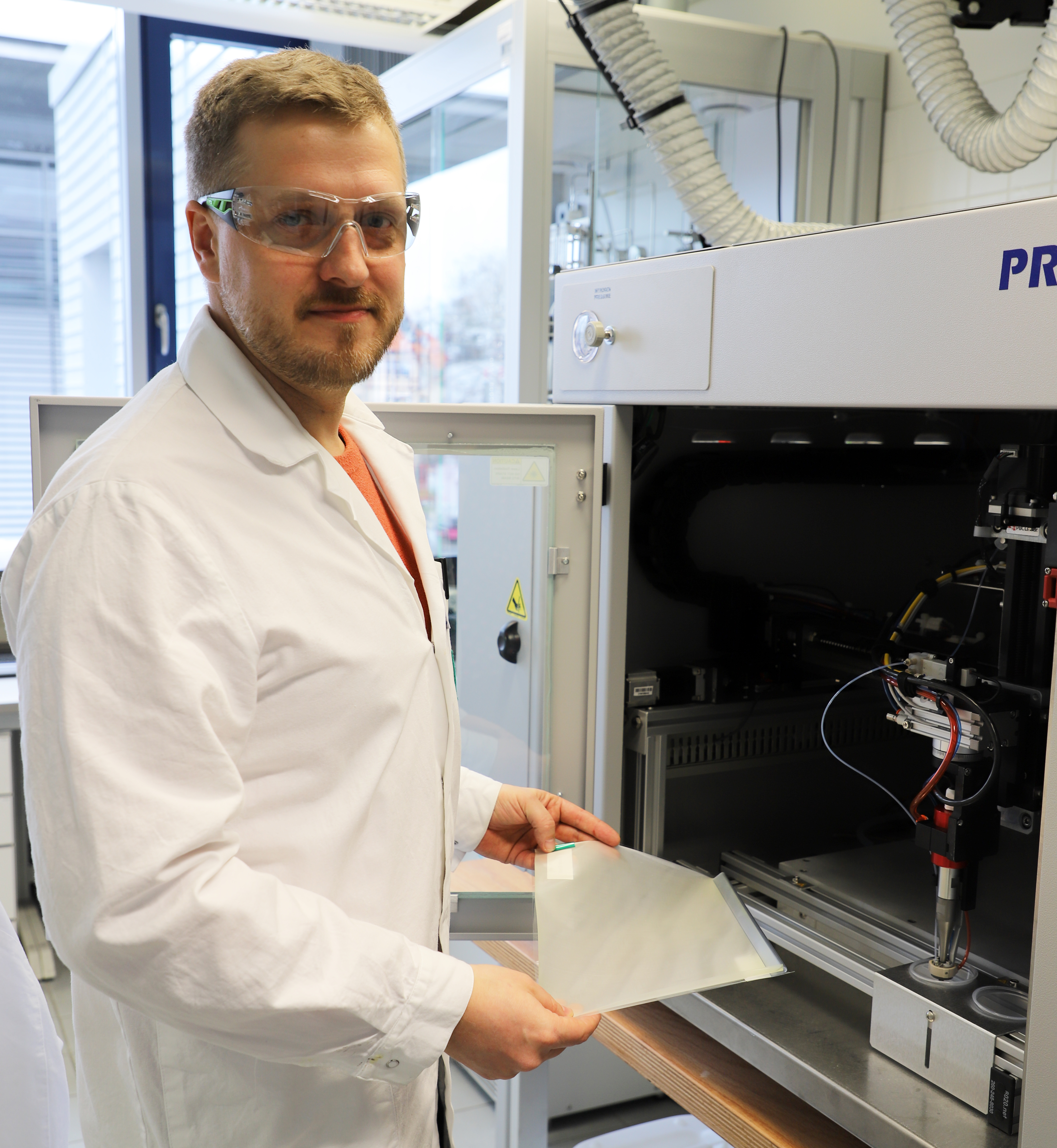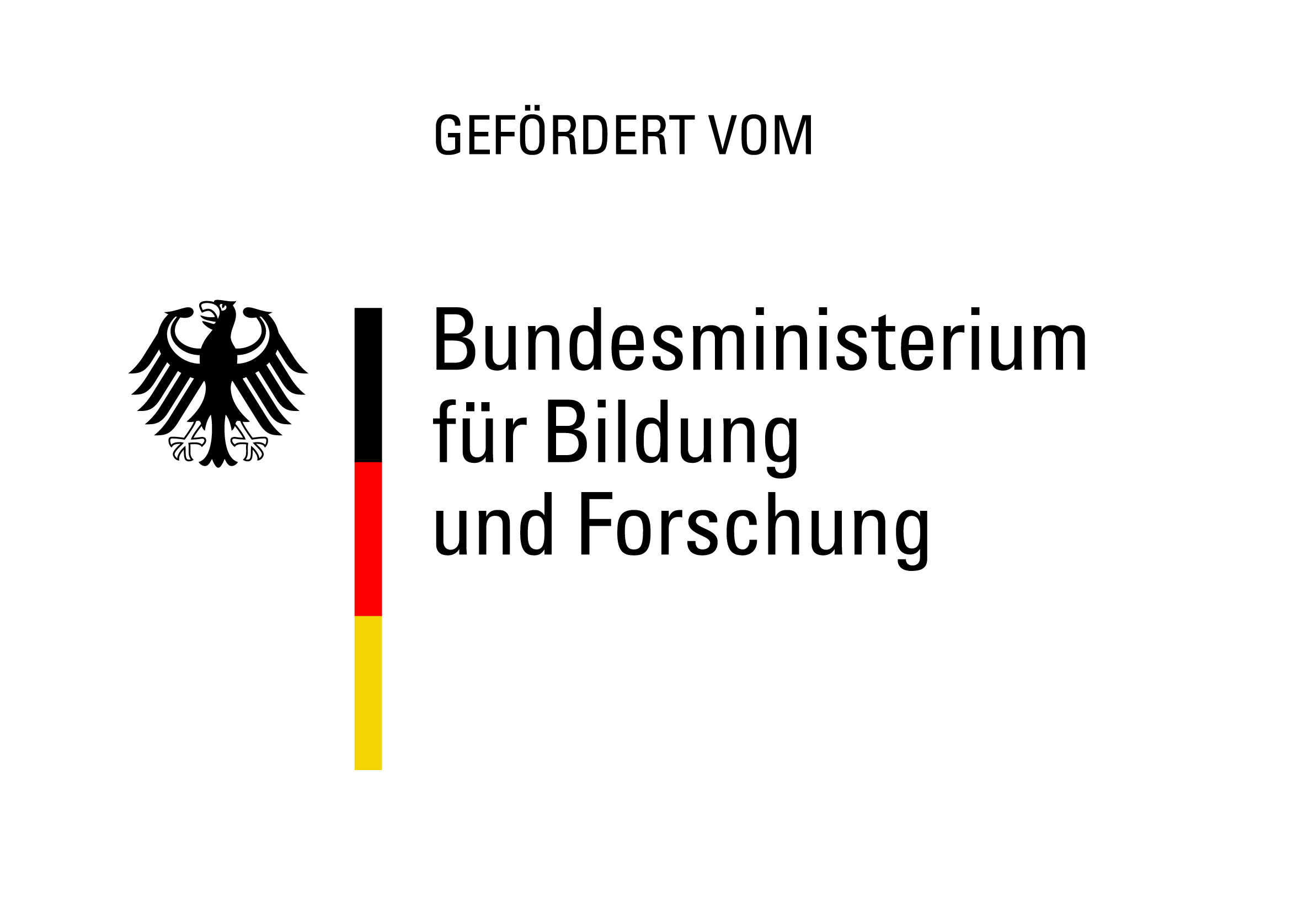Hydrogen Innovation: Fraunhofer IFAM and Sunfire launch project to scale AEM technology for industry applications
Research and industry have recognized the potential of alkaline AEM electrolysis and expect a fast technology development during the next decade. Fraunhofer IFAM and sunfire, together with Canadian materials partner Ionomr Innovations, are now launching the "Integrate" research project to apply the promising technology on an industrial scale.
To produce cost-effective green hydrogen, industry and energy companies need efficient electrolyzers on a large scale. Technologies such as pressurized alkaline or high-temperature electrolysis are already being installed in industrial environments. Another approach that shows great promise is the anion exchange membrane (AEM) technology.
AEM electrolysis combines the respective technical advantages of polymer exchange membrane electrolysis (PEM) and alkaline electrolysis (AEL). High power density, flexibility and high gas purity are qualities that AEM technology has in common with PEM technology. In addition, AEM technology is characterized by its cheap and non-critical materials – similar to AEL technology. Thus, AEM electrolysis has the potential to set new standards in the electrolysis market regarding both operating and investment costs.
Fraunhofer IFAM now also aims to validate these advantages within the “Integrate” project ([1]). Together with the electrolysis company Sunfire and the Canadian partners Ionomr Innovations, The National Research Council of Canada (NRC), the Simon Fraser University and the University of Alberta, the company is collaborating to develop an AEM electrolyzer in the upper double-digit kW range and to validate its technical feasibility under industrially relevant conditions for further scale-up.
At its Dresden site, Sunfire will provide a test stand with an electrolysis cell to measure the AEM stack’s performance. "With the 'Integrate' project, we are demonstrating our innovative strength and pioneering role in the globally growing electrolysis market," says Sunfire CTO Christian von Olshausen. "We are proud to partner with high-caliber technology and research partners and to strengthen our German Canadian collaboration."
Both Fraunhofer IFAM and Sunfire have many years of expertise in the field of electrolysis. While Sunfire as an electrolyzer manufacturer has its main competence in electrolysis technologies and system integration, Fraunhofer IFAM as a non-university institution focuses on applied research and the development and qualification of materials for alkaline stacks.
In the "Integrate" project, the institute designs and optimizes long-term stable, high-performance non-platinum groups of metal catalysts for use in dilute alkaline environments. In addition, porous transport layers (PTL) are optimized. Once promising catalysts and a PTL have been identified, Fraunhofer IFAM will produce electrodes that will be tested at Sunfire’s industrial test environment. Based on the results, the test rig will be modified accordingly to be operational for long-term AEM operation.
Clemens Kubeil, Research Assistant in the Hydrogen Technology Department responsible for the project at the institute, adds: "The production process at Fraunhofer IFAM will provide valuable experience in handling electrodes of the required size, so that no process has to be developed from scratch for upscaling on an industrial scale."
Ionomr Innovations’ CEO Bill Haberlin says: “Ionomr’s Aemion+® alkaline membranes being used in this application are durable, ultra-stable and maximize performance without the traditional expensive components for water electrolysis – like iridium, platinum, and titanium, replacing these with less expensive materials, such as those developed by Fraunhofer IFAM. Aemion® allows for longer lifetimes in highly basic environments, is developed with industrial applications in mind and available at commercial scale, and importantly, does not use perfluoro sulfonic acid (PFSA) materials that are becoming increasingly discontinued worldwide due to environmental concerns.”
Since October 1, 2022, the project has been funded by the German Federal Ministry of Education and Research (BMBF) for three years. Hergen Wolf, Director Product Management at Sunfire, emphasizes: "AEM technology is currently only available in the single-digit kW range and, therefore, cannot be used for large-scale hydrogen projects in industry. Together with our partners, we will create the conditions for transferring this promising technology from the laboratory to industrial application."
With its efficient high-temperature electrolysis, Sunfire already contributed to the breakthrough of a promising and innovative technology in the past. While the technical development was still in its early stages when the company was founded in 2010, Sunfire is now implementing it on a multi-megawatt scale in industry. In addition, the company successfully supplies numerous customers with its robust pressurized alkaline technology to meet the immense demand for green hydrogen.
For almost 30 years, Fraunhofer IFAM has been involved in the development and testing of novel materials based on sintered metal powders and coated cellular metal structures, as well as the development of the corresponding manufacturing technologies. For hydrogen-related technologies, considerable efforts have been made to develop new materials for hydrogen production using AELs and AEMELs. The institute has already been able to apply its many years of expertise in several national and international projects focusing on functional materials and prototype testing in advanced energy materials for AEL and AEMEL.
About Fraunhofer IFAM
The Fraunhofer Institute for Manufacturing Technology and Advanced Materials IFAM in Dresden stands for innovations in materials and manufacturing technology with a focus on powder metallurgy, additive manufacturing, and hydrogen technology. Various research priorities are being pursued at Fraunhofer IFAM for the establishment of hydrogen as an energy carrier. In addition to the development and characterization of cell components (e.g. electrodes, PTL and MEA) for alkaline water electrolysis, components for fuel cells (gas diffusion layers, sintered paper, additively manufactured bipolar plates) are also being researched. Furthermore, the storage of hydrogen with sorption materials under moderate pressure (metal hydrides) and alternative compression technologies of hydrogen by using waste heat are central topics. Hydrogen purification by selective gas absorption, self-sufficient energy systems with chemical hydrogen storage materials (e.g. the so-called "POWERPASTE"), hydrogen generators and fuel cells as well as simulation-based thermal management of energy systems are also part of the competences in the field of hydrogen technology. Recycling and end-of-life concepts as well as the development of materials and components for the combustion of hydrogen complete this field of work. At the Dresden site, the institute employs about 100 people.
More information at www.ifam-dd.fraunhofer.de.
About Sunfire
Sunfire is a global leader in the production of industrial electrolyzers based on pressurized alkaline and solid oxide (SOEC) technologies. With its electrolysis solutions, Sunfire is addressing a key challenge of today’s energy system: providing renewable hydrogen and Syngas as climate-neutral substitutes for fossil energy. Sunfire’s innovative and proven electrolysis technology enables the transformation of carbon intensive industries that are currently dependent on fossil-based oil, gas, or coal. The company employs more than 500 people located in Germany and Switzerland.
More information at www.sunfire.de.
([1]) Funding reference 01DM22001B
Last modified:
 Fraunhofer Institute for Manufacturing Technology and Advanced Materials IFAM
Fraunhofer Institute for Manufacturing Technology and Advanced Materials IFAM

